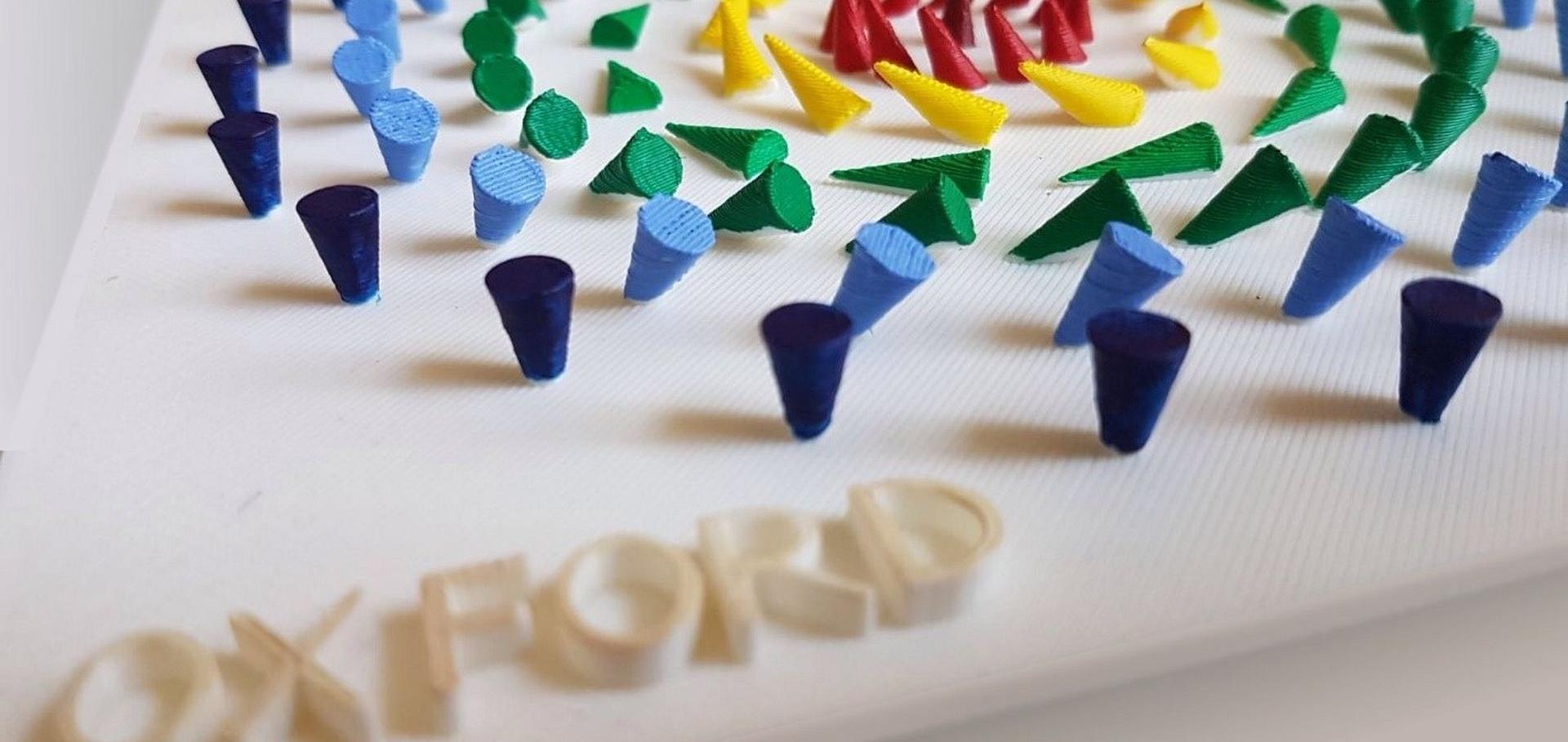Magnetic x-ray spectroscopy of Gd-doped EuO thin films
Physical Review Materials American Physical Society 9 (2025) 024410
Abstract:
We present a detailed x-ray magnetic circular dichroism (XMCD) study of the magnetic properties of Gd-doped EuO thin films, synthesized via molecular-beam epitaxy with Gd doping levels up to over 12%. The impact of Gd doping on the electronic and magnetic behavior of EuO is studied using XMCD and magnetometry. Gd doping significantly enhances the Curie temperature (𝑇C) from 69 K in undoped EuO to over 120 K, driven by increased carrier density, while preserving the high quality of the single-crystalline films. At higher doping levels, a plateau in 𝑇C is observed, which is attributed to the formation of Eu-Gd nearest-neighbor pairs that limit dopant activation. We also observe a distinctive “double-dome” structure in the temperature-dependent magnetization, which we attribute to both the ferromagnetic ordering of Eu 4𝑓 moments at lower temperatures and the influence of conduction electrons via 4𝑓−5𝑑 exchange interactions at higher temperatures. These findings provide key insights into the mechanisms of carrier-induced magnetic transitions.Controllable magnetism and an anomalous Hall effect in (Bi₁₋ₓSbₓ)₂Te₃-intercalated MnBi₂Te₄ multilayers.
Nanoscale (2025)
Abstract:
MnBi2Te4-based superlattices not only enrich the materials family of magnetic topological insulators, but also offer a platform for tailoring magnetic properties and interlayer magnetic coupling through the strategic insertion layer design. Here, we present the electrical and magnetic characterization of (Bi1-xSbx)2Te3-intercalated MnBi2Te4 multilayers grown by molecular beam epitaxy. By precisely adjusting the Sb-to-Bi ratio in the spacer layer, the magneto-transport response is modulated, unveiling the critical role of Fermi level tuning in optimizing the anomalous Hall signal and reconfiguring the magnetic ground state. Moreover, by varying the interlayer thickness, tunable magnetic coupling is achieved, enabling precise control over ferromagnetic and antiferromagnetic components. These findings pave the way for the exploration of versatile magnetic topological phases in quantum materials systems.Microscopic Observation of Non-Ergodic States in Two-Dimensional Non-Topological Bubble Lattices
(2025)
Handle on the antiferromagnetic spin structure of NiO using a ferromagnetic adlayer
Physical Review Materials American Physical Society (APS) 9:1 (2025) 14408
Abstract:
Antiferromagnets (AFs) are characterized by spin structures that are resistant to external magnetic fields, rendering them ideal for persistent information storage but challenging to control. This study demonstrates that a thin ferromagnetic adlayer can serve as a magnetic ‘lever’ to provide a strong handle on the spin texture of an adjacent antiferromagnet. In bilayers composed of NiO(001) and Co, the expected exchange bias effect—a unidirectional shift in the Co hysteresis due to coupling with NiO—is notably absent. Instead, a strong interfacial coupling is observed, causing the NiO to partially follow the magnetization of Co under an applied magnetic field. Using x-ray magnetic linear dichroism, we detect an inversion of dichroism, indicating a reorientation of the Néel vector in NiO. X-ray spectromicroscopy imaging further reveals a direct correlation between ferromagnetic and antiferromagnetic domain structures. These findings are explained using a toy model that distinguishes between stable and unstable AF domains, highlighting the dynamic interplay between NiO and the Co adlayer in the presence of a magnetic field.Quantum anomalous Hall effect for metrology
Applied Physics Letters AIP Publishing 126:4 (2025) 040501


